The key to the success of Unit Editions is that of a project made up of people who love design who talk about design, are passionate about the subject and the results are clear. Those people are none other than Adrian Shaughnessy and Tony Brook. We caught up with Adrian to talk about the development of his work, but also about other design issues.
Tell me a bit about yourself and your current situation.
I’m a graphic designer, design writer, publisher and educator. I don’t see these activities as separate. They are connected and dependent on each other. After spending most of my adult life in London, I now live in the English countryside —a one-hour train journey from London. I teach one day a week at the RCA in London, and I’m one of three directors of Unit Editions, the design publishing imprint. And like nearly every other human being on the planet, I’m currently learning to live with the coronavirus pandemic.
What’s changed in art and design education since you graduated?
I didn’t go to design school. I trained in a studio in the pre-digital era. But since then, everything has changed. And not only that, the pace of change has accelerated. It is a time of rapid and constant change. Some of the changes are good and some are not so good. But a failure to understand change, and a failure to tell the difference between good and bad change, is a major disadvantage for a creative person.
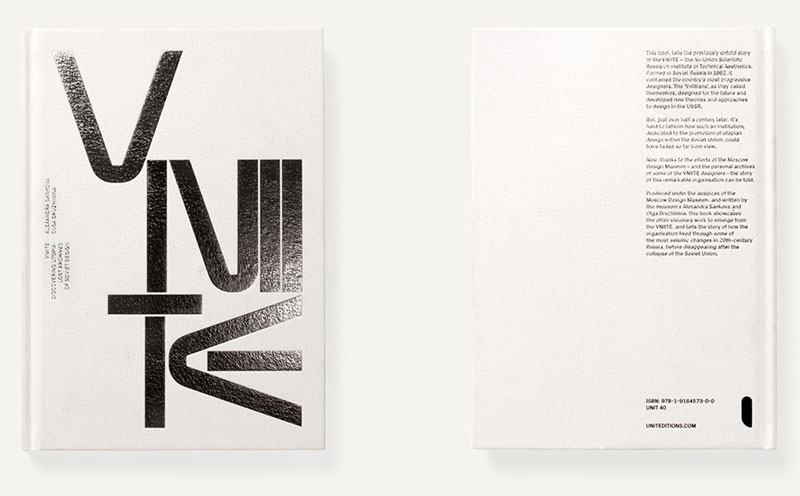
How important is a formal qualification in design today?
With the rapid academicization of art and design education, formal qualifications have become far too important. This is not the same as saying that a design education is a bad thing. I’m very much in favour of a good design education. But formal academic qualifications are increasingly meaningless in the world of art and design. Some of the best designers in the world were academic failures or were kicked out of education. I regret the way formal qualifications have become more important than the forging of a creative practice. When I ran a studio, I employed dozens of designers, but I never once took into account their formal qualifications. I was interested in where they had studied, but all I really cared about was their work and —equally important— their character. Today, students stress over qualifications when they should only devote themselves to acquiring the necessary skills and developing a creative practice.
Why do you feel designers must maintain passion throughout their careers?
If we don’t maintain passion, the creative impulse dries up. But I’d say that designers are lucky because in most cases they are doing the job they want to do, and so remain passionate. It’s a wonderful way to earn a living.
Design needs another revolution, but I don’t see one on the horizon.
Why have so many designers been lured by celebrity instead of simply making good work?
I suppose there are designers who crave celebrity, but if that’s their motivation, they won’t achieve it. Design celebrity (unlike many other forms of celebrity) is based on talent. You will only become celebrated if you do excellent work. And to do excellent work, you have to make it your primary goal in life. Wanting to be a design celebrity is a dangerous distraction.
How else can designers distinguish themselves, especially if it’s right out of school and they’re trying to find work?
I’m currently discussing this topic with my MA students. Many of them will graduate this summer and nearly all of them have concerns about finding work. I tell them that every generation has had this problem, and every generation has overcome it. I’m aware that this sounds glib, but it’s true.
It’s not easy to stand out and attempts to stand out can sometimes backfire and make the candidate look vacuous. Nothing beats conceptually rich, well executed work. A good attitude helps, too. Even when I saw an excellent portfolio I was equally interested in the individual: would they fit into my studio? Would they be collaborative? I didn’t want servility or meekness, but I wanted people with talent and a good collegiate attitude.
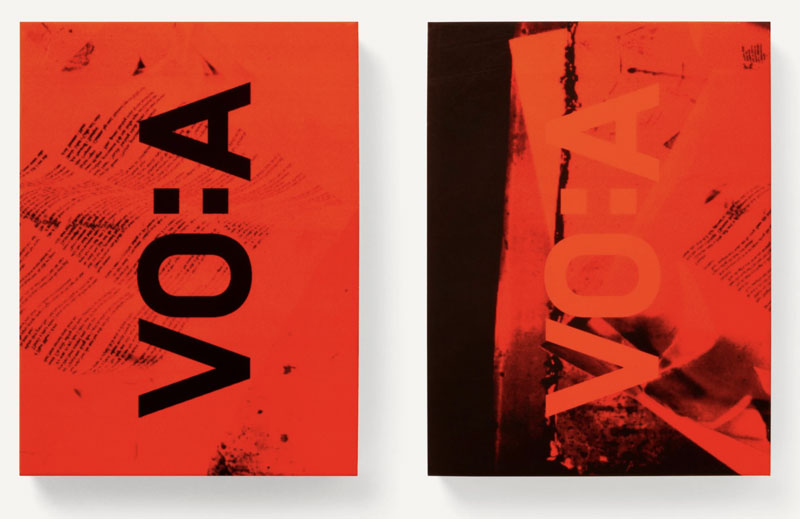
What are your personal challenges and inspirations? What inspires and motivates you today?
I really only have one challenge in life —to keep learning. It’s easy to think you know all you need to know. But knowledge is infinite and every day I come across a subject, a person, a place, that I don’t know anything about. My inspiration comes from people doing wonderful things. This can be anything —a health worker dealing with coronavirus or a creative genius making great work. Living in the country I get a lot of inspiration from nature, landscape, trees, the weather.
How do you think the vast amount of online design resources have influenced design being produced today?
Online, you can pretty much see every piece of design ever made —graphic design, product design, fashion design, architecture, etc. This is a wonderful thing. All of design history is visible in a way that was not possible in the pre-internet era. It also means you can keep abreast of new developments in design around the world in ways that were not possible before. You can see what’s happening in Vietnam and Thailand, for instance, countries that previously were not regarded as sources of good contemporary design. This is all good.
On the other hand, much of it just appears – usually without credits, dates or context. The Pinterest-ization of design! This gives the impression that design springs up without any backstory. But ultimately, I’d say that even this is a good thing, because it encourages the curious amongst us to investigate further. I think this can be seen in the new(ish) interest in design history. Ten or twenty years ago, designers weren’t much interested in design history. That is no longer the case, and I think we owe much of this interest to online design resources.
How has the type of work you do changed from the early days?
The biggest change is that nearly everything I do is without a client. I don’t do much commercial design work and most of my work is self-initiated. That is the big change from early days. But functioning this way is not easy. I wouldn’t be able to do it today without the experience of having been a working designer and learning how to survive professionally. I learned so much from my clients, from other designers, and from colleagues. Without that free education, I wouldn’t be able to do what I do now.

What do you enjoy the most about design?
I enjoy design on many levels. I enjoy it as pure aesthetic experience. I enjoy it for its functionality. And I increasingly enjoy design when I see it doing some good in the world. We are currently in the coronavirus disaster, but the other day I saw a piece of graphic visualization about breathing and sneezing. It showed how far our breath travels during normal breathing, and it showed how far it travels when we sneeze. I’d read all about social distancing in light of the coronavirus pandemic, but this brought it home with a kick. It was a brilliant demonstration of the power of visualization.
What is the underpinning philosophy behind Unit Editions?
Before setting up Unit Editions, both Tony Brook and I had worked separately with commercial publishers and both of us had frustrations with the way books were commissioned, designed, written and produced. We felt that commercial publishers —often very good at the activity of publishing— did not understand designers when it came to producing books for the design market. They didn’t really understand what motivated them and what excited them. So, Unit Editions was set up firstly to produce the sort of books we wanted to see published, with attention to design, content and format. But also, to give designers the books that the mainstream publishers were not producing. We are now in our eleventh year, and although it seems to get more difficult every year, we manage to survive.
What design insights has writing given you that you weren’t aware of as a designer?
Writing is like teaching; it forces you to organize your thoughts and present them in a way that communicates. Come to think of it, that’s exactly the same for visual design.
Where do the ideas come from?
I don’t have a shortage of ideas. The real trick is editing them. In other words, knowing which ones are good and which ones need to go into the trash. In fact, I’d say editing is the most important aspect of the creative life, especially in the digital age where the tools allow for endless iteration. Before computers, when designers worked manually, you had to think harder about your ideas, because they took a long time to execute. Today, computers make execution easy. I wouldn’t advocate going back to working manually, but digital working requires that designers and all creative people have to become intensely self-critical.
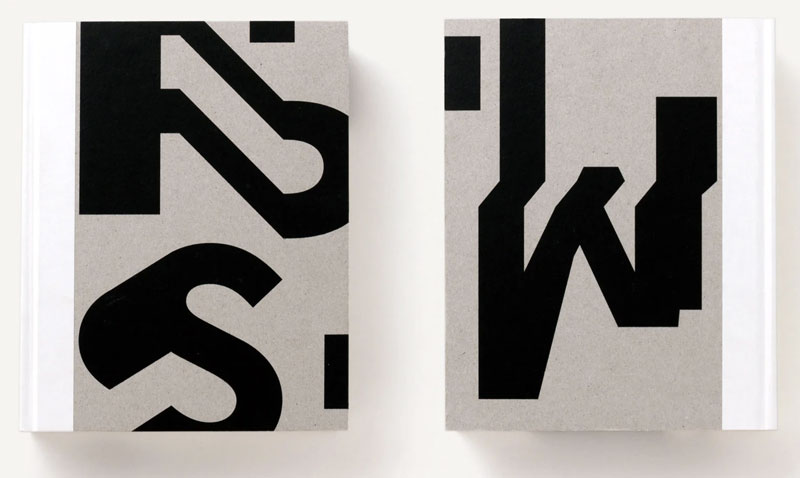
What’s been the most satisfying project you have worked on?
It’s always the next one. I almost never look back on projects with satisfaction. I get glimmers of satisfaction, but mostly I only see the faults. But it’s the faults that make me want to do better next time and keeps me motivated.
Living in the era of images, how can visual communication stand out from the crowd?
The key word is communication: unless your work communicates, it won’t stand out. Communication comes in many forms. It can be hard information delivered expertly and with precision. It can be a moment of illumination which allows people to see something they haven’t seen before – like the visualizations of breathing I mentioned earlier. Or it could be a moment of aesthetic daring where the designer devises forms that they haven’t seen before —or more likely a combination of forms that haven’t been seen before. That’s what stands out. Everything else is the drab wallpaper that surrounds us daily.
Why advertising has turned to be so emotional lately?
I don’t think of advertising as emotional. I see attempts at being emotional —but all that is revealed is faux emotion. I’m thinking of banks that claim to care about us, or products that pretend to promote good feeling. I’m too cynical to see this as true emotion. It’s mostly ersatz emotion and old-fashioned manipulation of people’s emotions.
All parts of the design process give me satisfaction —conception, execution, outcome. But all parts of the design process cause me dissatisfaction. You can’t have satisfaction without dissatisfaction. Both are part of the design process. Design is an internal dialogue between these two factors.
The standard of visual design has never been higher. But it’s not in the mainstream. It’s in nooks and crannies.
Give us the top 3 tips for inspiring young designers.
I’m wary of giving advice. What I might think is important, a young designer might think is irrelevant. All I will say is, be prepared for a life of constant learning and constant change. If you can deal with those two things you will not go wrong.
What are you excited to have coming up in the future?
We have some Unit Editions books in the pipeline that I’m excited about. But everything has been disrupted by Covid-19, so my excitement is constrained by the awfulness of the pandemic. I’m not really able to think beyond it.
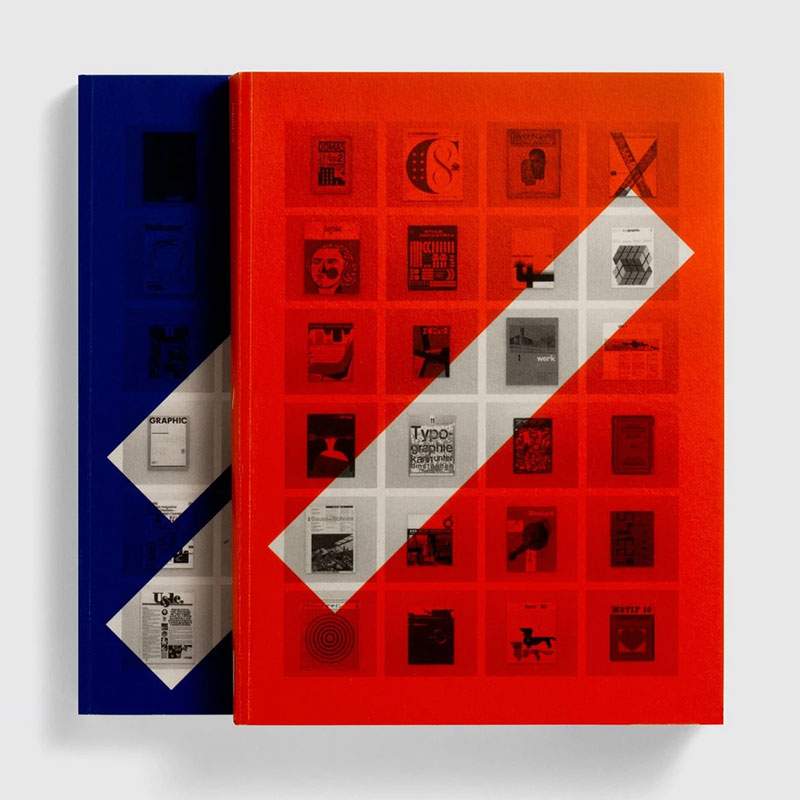
Why do we need branding?
Do we need branding? Well, we need to identify products, services and other entities. So, from a communication perspective, we need identifying visual elements of all kinds. But branding has become something more than just an identifier. It has become advertising. It is mostly used to create an “atmosphere” through visuals, language and signposting. The idea that through design you can create something trustworthy without first being trustworthy is ridiculous. A brand identity has to be earned; it can’t be applied like a sticking plaster. It has also meant that a lot of work that was once done by designers is now done by brand and marketing people. They set the tone. They set the rules and designers follow. Designers need to stick to visual branding.
Considering the importance of keeping current, how do you keep up? What are the current trends in packaging, color, design, architecture…
I keep up by being interested. When I’m no longer interested, I won’t be able to keep up. Regarding current trends, there is a greater profusion of trends than at any time in my lifetime. But there is still too much uniformity and conformity. Design needs another revolution, but I don’t see one on the horizon.
Do you think ego is an important aspect within a designer’s work?
Ego is essential to nearly every human activity. But it’s only any good if it’s controlled. Yes, we all want our voice to be heard, and yes, we all want to receive recognition. But that’s not a right , it has to be earned. So, ego only gets you so far, and then you need the other psychological drivers: empathy, concern, curiosity.
Which people working today in graphic design do you enjoy the work of?
Although I like many of today’s designers, I’m increasingly drawn to the past. This is strange for me, because I always resisted history. I used to think that if you were interested in the past, you were out of touch with the present. I now think the opposite. You can only understand the present if you know about the past. Generally, I think the standard of visual design has never been higher. But it’s not in the mainstream. It’s in nooks and crannies. You can see it in places like It’s Nice That, a torrent of brilliant visual design expertly curated. But don’t look for it in the mainstream.
What are your thoughts on specialization vs generalization?
Specialization might mean that your specialization disappears in the future. For example, an intimate working knowledge of a particular software, might be rendered redundant if that software is discontinued. For a long time, I specialized in designing record covers. In the 1980s and 90s it was possible to make a good living as a sleeve designer. But not anymore. So, it would seem that generalization was a better bet. But as long as someone is mentally active, one specialization can be converted into another.
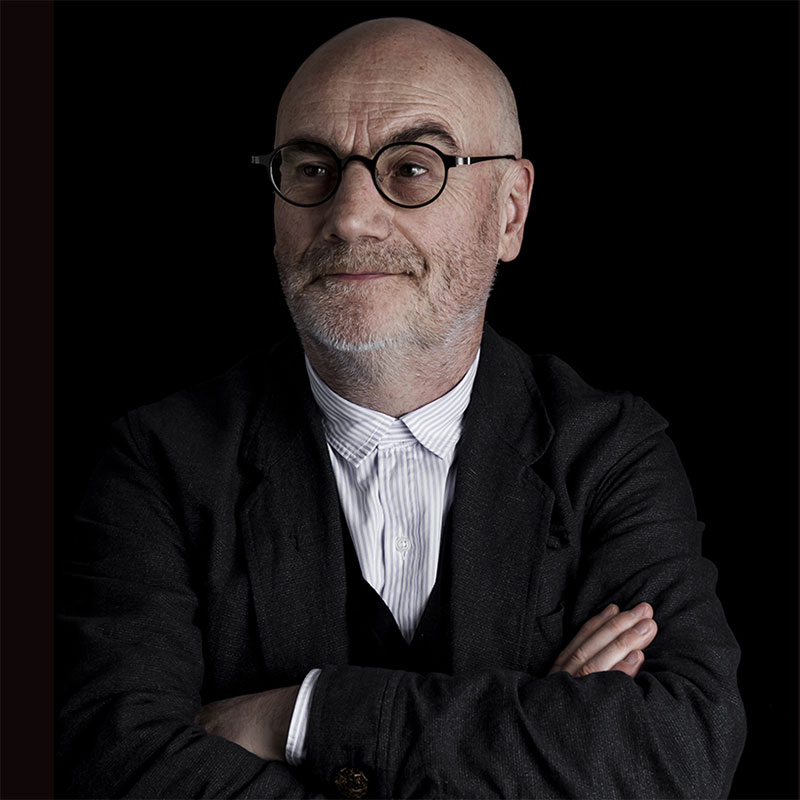
What message do you try and teach your students?
Self-reliance. Self-reflection. A critical mind and a willingness to listen as well as to speak.
Do you think the Covid-19 situation will change the industry?
It’s far too soon to tell. I know what I’d like to happen. I’d like to see more emphasis on a less profit driven culture, a culture of greater equality and fairness. If the pandemic has taught us anything it is that the workers that were thought of as unimportant —nurses, cleaners, farm workers— are now the people we value the most, and not the bankers, the overpaid CEOs and vacuous celebrities.
Can you tell us about your present and future plans?
Pretty much everything is on hold currently. I am writing the text for a very important book that will come out in 2022. It is the most ambitious and demanding writing project I’ve ever undertaken. Weirdly, the coronavirus is giving me the one thing that I need: undistracted time. But I’d swap that for an end to the virus and an end to the suffering.


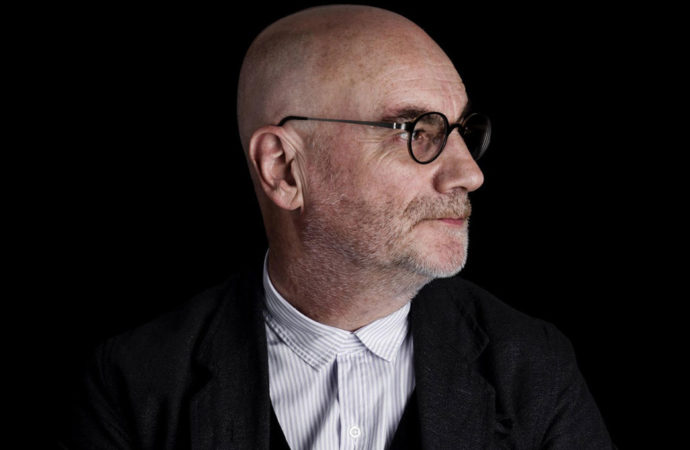



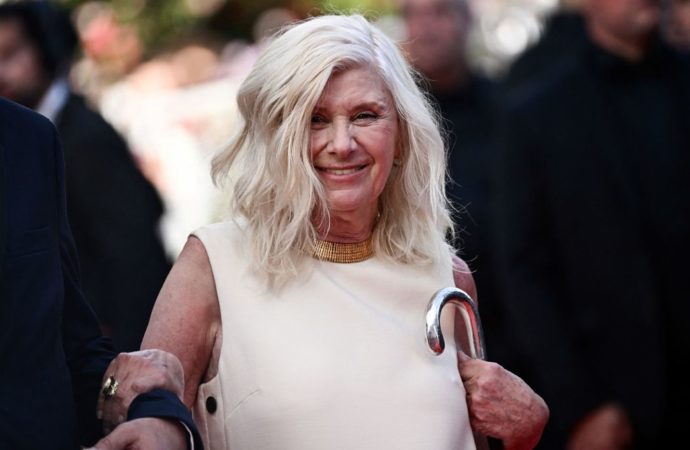
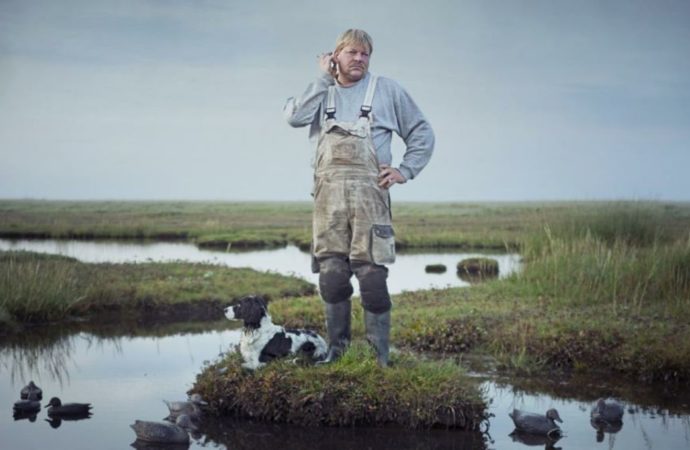
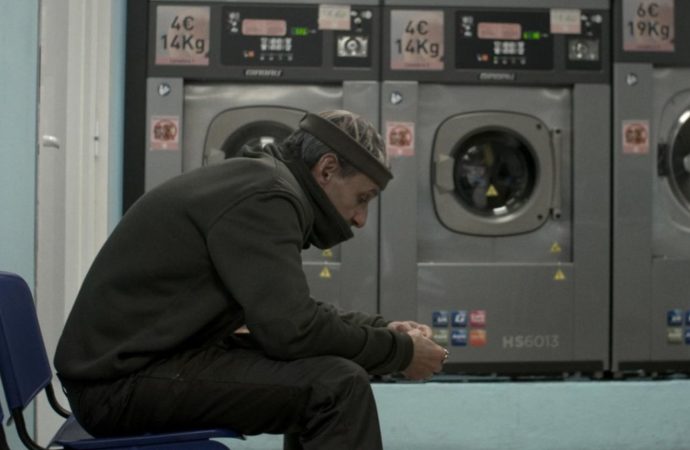
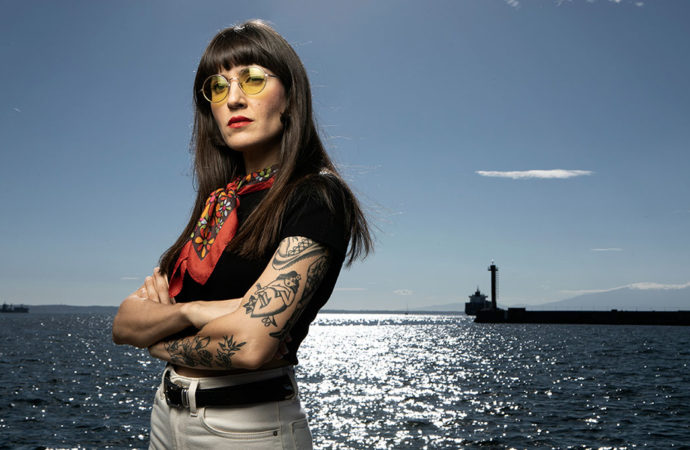

No one has posted any comments yet. Be the first person!